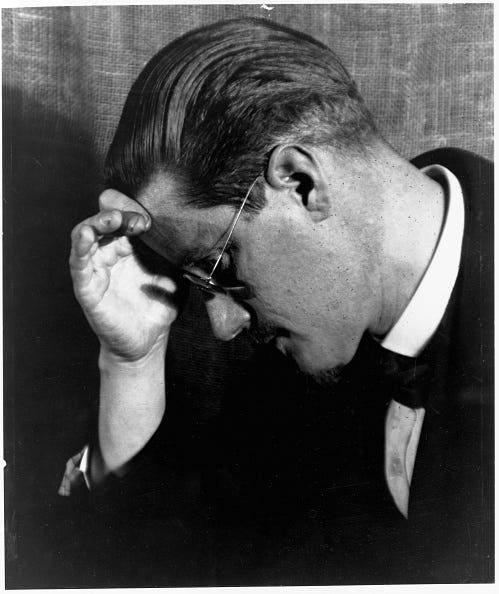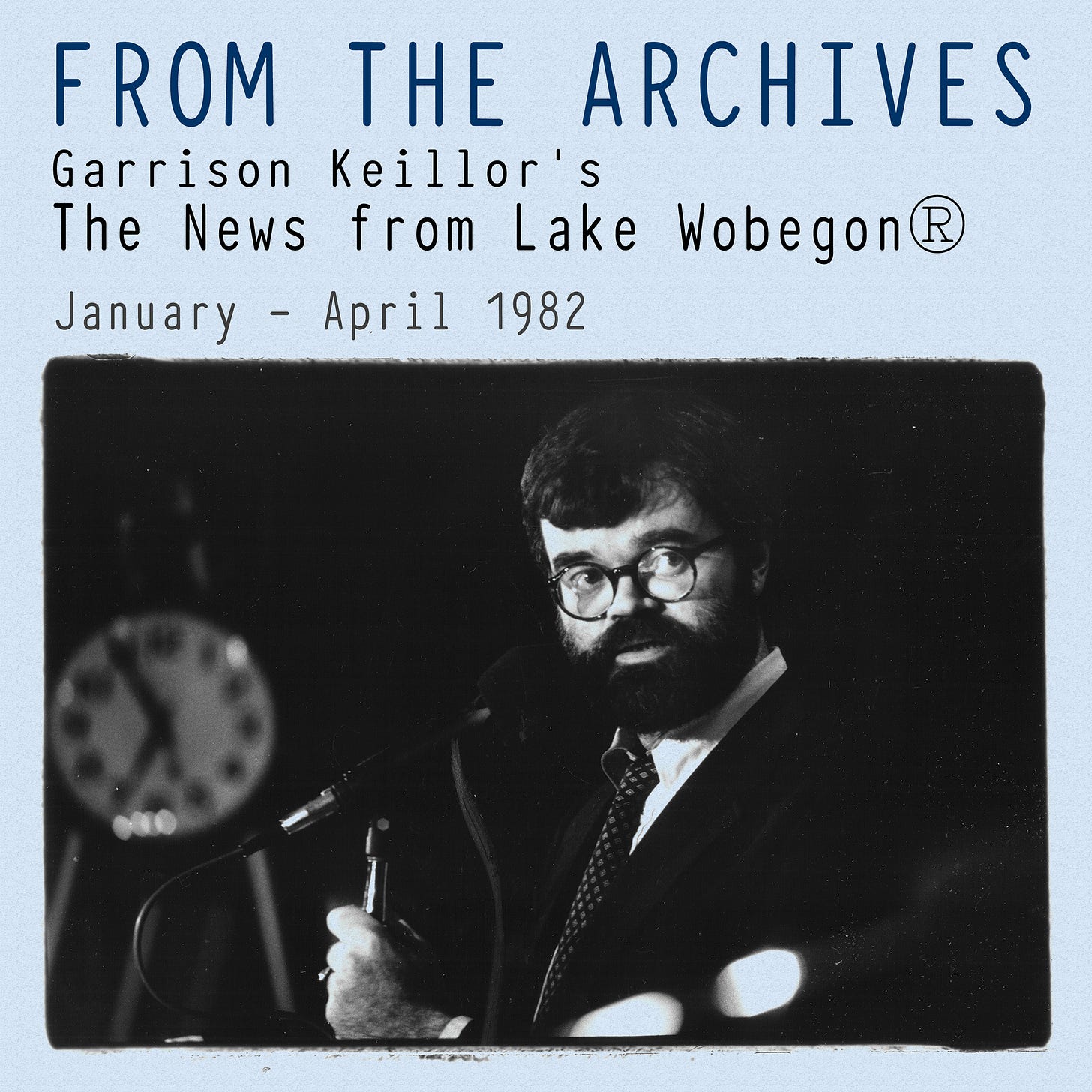The Writer's Almanac from Friday, December 29, 2006
The Writer's Almanac from Friday, December 29, 2006
"64" by William Shakespeare, from William Shakespeare: The Sonnets. © Little, Brown and Company
It's the birthday of novelist William Gaddis, in Manhattan (1922). He went to Harvard University, where he was the editor of the Lampoon magazine until he got expelled after a run-in with the campus police. So he got a job as a fact checker for The New Yorker magazine. He wrote a book called The Recognitions (1955), about an aspiring painter who sells out his talent to become a forger of Dutch masterpieces. The book was almost a thousand pages long, and it made numerous references to art history, theology, mythology, and literature. Gaddis said, "When I finished it, I thought well, I guess this will change the world. It didn't. ... I thought I would win the Nobel Prize. ... Nothing happened."
He took 20 years to write his next novel, J.R. (1975), about an 11-year-old boy who builds a financial empire that he manages from his grade school's public phone booth. It won the National Book Award. Critics went back and reread his first novel and began to call it a masterpiece.
William Gaddis said, "There have never in history been so many opportunities to do so many things that aren't worth doing."
It was on this day in 1916 that James Joyce published his first novel, A Portrait of the Artist as a Young Man. The idea for the book had originated with an autobiographical essay that Joyce had written way back in 1904, when he was still living in Ireland. He'd submitted it to a journal, but it was rejected on the basis that it was too frank about sexual matters. When Joyce got the rejection letter, he sat down at his kitchen table and sketched out a plan to expand the essay into a novel about his own childhood. He told his brother Stanislaus about the idea, and the two of them began to refer to it as his "lying autobiography." They talked about characters from their family and their neighborhood that Joyce should include in the story. He decided that the character in the novel based on himself would be named Stephen Dedalus, and he tentatively titled the novel "Stephen Hero."
Within a year of sketching out his plans for the novel, Joyce had written 25 chapters and more than 900 pages. But in that same year he had also decided to leave Ireland with his girlfriend, Nora Barnacle. They eventually settled in Trieste, where he got a job teaching English to support his writing. The teaching job was exhausting, and it barely paid any money, and pretty soon Joyce had two children to support, and the writing became more and more difficult.
So rather than finishing "Stephen Hero," Joyce began concentrating on short stories. Before he'd left Ireland, he'd published a few stories in a newspaper called The Irish Homestead, but when he sent them his new stories, they were all rejected as too vulgar. Joyce kept writing, though, and eventually finished a collection of short stories he called Dubliners. The publisher accepted the manuscript for Dubliners, but asked Joyce to clean up the language in a few places. Joyce tried to be accommodating, but each time he sent the edited manuscript back to the publisher, the publisher had new objections.
In desperation, Joyce decided to return to his novel. But suddenly, it seemed too conventional, too Victorian. So he scrapped all 900 pages he had already written and started from scratch. In the new version of the novel, he decided that instead of just telling a coming-of-age story, he would tell the story of the main character's emerging consciousness.
A Portrait of the Artist as a Young Man tells the story of Stephen Dedalus as he grows up, going to boarding school for the first time, discovering his sexuality, feeling guilty about his sexuality, deciding to become a priest, having a crisis of faith, and finally deciding to leave Ireland to become a writer.
Joyce had spent nearly 10 years in Trieste trying to get his fiction published when, near the end of 1913, he learned that both of the books he had written would be published. Dubliners came out the following year (1914), and A Portrait of the Artist as a Young Man was published on this day in 1916. In just two years James Joyce had gone from total obscurity to being celebrated as one of the most promising new writers in the English language.
Be well, do good work, and keep in touch.®
From the Archives: The News from Lake Wobegon, January – April 1982 (mp3 download)
This digital collection includes live "News from Lake Wobegon" monologues from episodes of A Prairie Home Companion that spanned January 2, 1982 through April 24, 1982.





